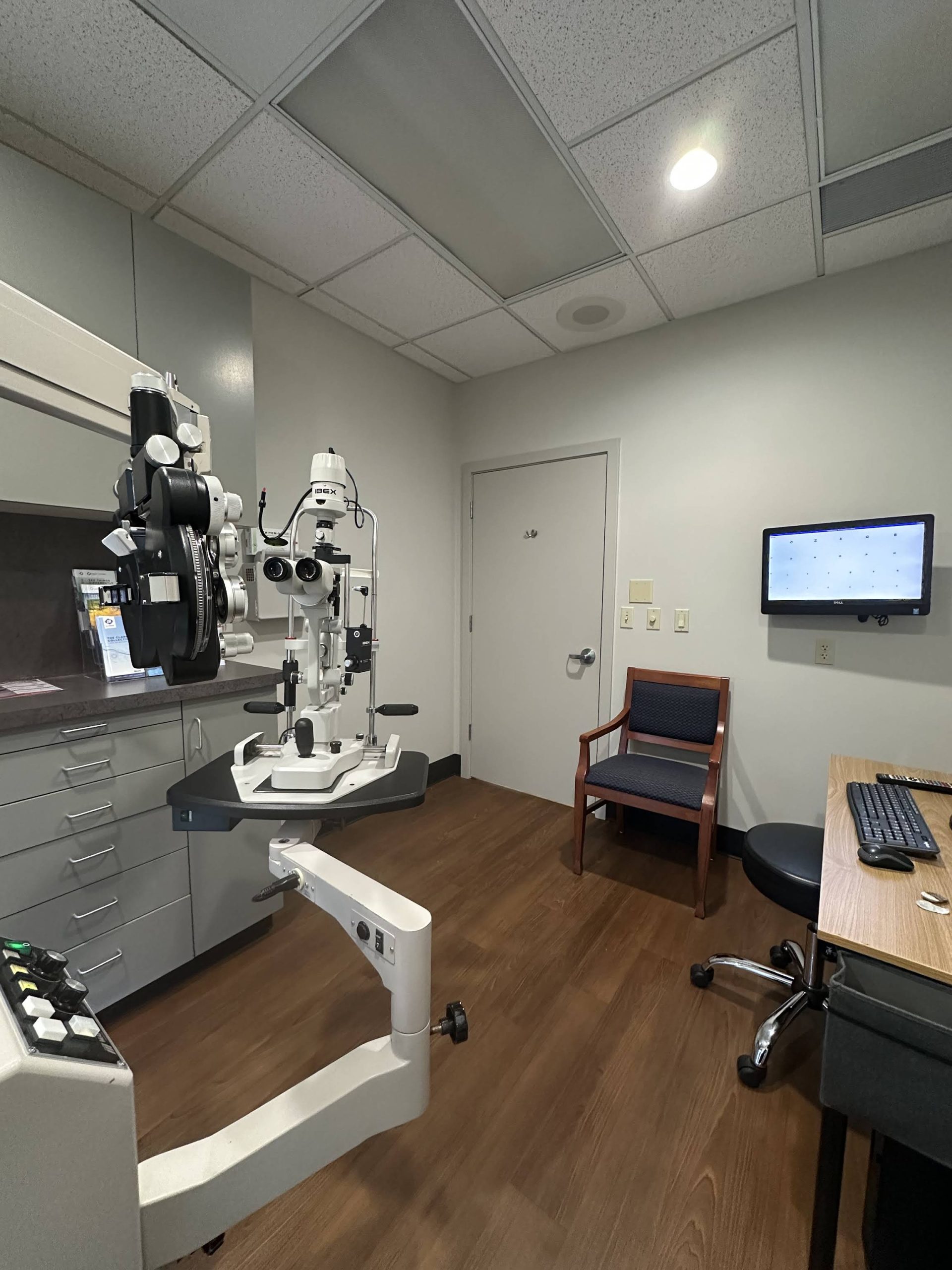 Cataract removal surgery is a common and highly effective procedure that can restore vision for those affected by cataracts. In Bothell, WA, residents have access to advanced surgical techniques and experienced ophthalmologists who specialize in this life-changing treatment. Understanding the procedure, its benefits, and what to expect can help patients make informed decisions about their eye health.
Cataract removal surgery is a common and highly effective procedure that can restore vision for those affected by cataracts. In Bothell, WA, residents have access to advanced surgical techniques and experienced ophthalmologists who specialize in this life-changing treatment. Understanding the procedure, its benefits, and what to expect can help patients make informed decisions about their eye health.
Understanding Cataracts
Cataracts develop when the natural lens of the eye becomes cloudy, leading to blurred vision, difficulty with night vision, and increased sensitivity to glare. They are a common condition, particularly among older adults, but can also occur due to other factors such as diabetes, prolonged use of corticosteroids, or eye injuries. The progression of cataracts is often gradual, and many individuals may not notice significant changes in their vision until the condition has advanced. This gradual onset can sometimes lead to underestimating the severity of the issue, making regular eye examinations essential for early detection and management.
Symptoms of Cataracts
Identifying cataracts early can help in managing the condition effectively. Common symptoms include:
- Blurry or cloudy vision
- Difficulty seeing at night
- Fading or yellowing of colors
- Increased sensitivity to light and glare
- Frequent changes in prescription glasses or contact lenses
If you experience any of these symptoms, it is crucial to consult an eye care professional for a comprehensive evaluation. Early diagnosis can lead to timely intervention, potentially preventing further vision loss. Additionally, many patients report experiencing double vision or seeing halos around lights, which can be particularly disorienting. These symptoms can significantly impact daily activities, such as reading, driving, or even recognizing faces, underscoring the importance of seeking help as soon as changes in vision are noticed.
Causes of Cataracts
While aging is the most significant risk factor for cataracts, other causes include:
- Genetic predisposition
- Exposure to UV radiation
- Smoking and excessive alcohol consumption
- Chronic health conditions such as diabetes
Understanding these causes can help individuals take proactive steps to minimize their risk, such as adopting a healthy lifestyle and protecting their eyes from harmful UV rays. For instance, wearing sunglasses with UV protection can significantly reduce the risk of cataract development, while a diet rich in antioxidants—found in fruits and vegetables—has been linked to better eye health. Furthermore, regular eye check-ups can help monitor any changes in vision and allow for timely interventions, such as lifestyle adjustments or medical treatments, to mitigate the impact of cataracts on one’s quality of life.
The Cataract Surgery Procedure
Cataract surgery is typically an outpatient procedure, meaning patients can return home the same day. The surgery involves removing the cloudy lens and replacing it with an artificial lens, known as an intraocular lens (IOL). This procedure is usually performed under local anesthesia, ensuring that patients remain comfortable throughout. The advancements in surgical techniques and technology have made cataract surgery one of the most commonly performed and successful procedures in modern medicine, with a high satisfaction rate among patients.
Pre-Surgery Preparations
Before undergoing cataract surgery, patients will have a thorough pre-operative assessment. This may include:
- Comprehensive eye exams
- Measurement of the eye to determine the appropriate lens power
- Discussion of medical history and any medications currently being taken
Patients are advised to follow their surgeon’s instructions closely, which may include avoiding certain medications and arranging for transportation after the procedure. Additionally, patients may be instructed to use eye drops to prepare their eyes for surgery, which can help reduce the risk of infection and inflammation. Understanding the importance of these preparations can significantly enhance the overall success of the surgery and improve recovery times.
The Surgical Process
The actual surgery typically lasts about 15 to 30 minutes. The surgeon will make a small incision in the eye, allowing access to the lens. Using advanced techniques such as phacoemulsification, the surgeon will break up the cloudy lens and gently remove it. Once the lens is removed, the IOL is inserted into the eye. This artificial lens is designed to mimic the eye’s natural lens, providing clear vision and a range of options tailored to the patient’s specific needs, including multifocal and toric lenses for those with astigmatism.
After the surgery, the incision usually heals on its own without the need for stitches. Patients may experience some mild discomfort, which can be managed with prescribed medications. It is also common for patients to notice immediate improvements in their vision, although full recovery can take several weeks. During this time, patients are encouraged to attend follow-up appointments to monitor their healing process and ensure that the IOL is functioning as intended. These check-ups are crucial for addressing any concerns and optimizing visual outcomes, allowing patients to return to their daily activities with renewed clarity and confidence.
Recovery After Cataract Surgery
Recovery from cataract surgery is generally quick, with many patients noticing improved vision within a few days. However, it is essential to follow post-operative care instructions to ensure optimal healing.
Post-Operative Care
After surgery, patients will typically be advised to:
- Use prescribed eye drops to prevent infection and reduce inflammation
- Avoid strenuous activities and heavy lifting for a few weeks
- Wear sunglasses to protect the eyes from bright light
Regular follow-up appointments will be scheduled to monitor the healing process and assess vision improvement. Most patients can return to their normal activities within a week, although complete healing may take a few weeks.
Potential Risks and Complications
As with any surgical procedure, cataract surgery carries some risks. While complications are rare, they can include:
- Infection
- Bleeding
- Retinal detachment
- Glaucoma
Discussing these risks with a qualified ophthalmologist can help patients weigh the benefits against potential complications. Overall, cataract surgery has a high success rate, with most patients experiencing significant improvements in their vision.
Choosing the Right Surgeon in Bothell, WA
Finding a skilled and experienced surgeon is crucial for a successful cataract surgery experience. Patients in Bothell have access to a variety of eye care specialists who can provide personalized care.
Factors to Consider
When selecting a surgeon, consider the following factors:
- Board certification and specialized training in cataract surgery
- Experience and success rates with the procedure
- Patient reviews and testimonials
- Availability of advanced surgical technologies
It is also beneficial to schedule consultations with potential surgeons to discuss any concerns and understand their approach to care. A good surgeon will take the time to explain the procedure, answer questions, and ensure that patients feel comfortable and informed.
Insurance and Financing Options
Cataract surgery is often covered by insurance, but patients should verify their specific coverage details. Many practices in Bothell offer financing options to help manage out-of-pocket expenses. Understanding the financial aspects can alleviate stress and allow patients to focus on their recovery and improved vision.
Conclusion
Cataract removal surgery is a transformative procedure that can significantly enhance quality of life for those suffering from cataracts. With advanced techniques, experienced surgeons, and a supportive healthcare environment in Bothell, WA, patients can look forward to clearer vision and a brighter future.
For anyone considering cataract surgery, it is essential to consult with a qualified eye care professional to discuss options, risks, and expected outcomes. Taking this step can lead to a successful surgery and the restoration of vision, allowing individuals to enjoy the world around them once again.
If you’re ready to take the next step towards clear vision and want to ensure you receive the best care for your eyes, look no further than Overlake EyeCare. Our commitment to excellence and Dr. Mary Coday’s expertise in cataract surgery, utilizing advanced intraocular lens technology, will provide you with the personalized treatment you deserve. We prioritize your ocular health and visual needs, employing state-of-the-art Lenstar technology for precise measurements and offering a range of intraocular lenses, including Eyhance toric, Vivity, Synergy, Clareon, and Panoptix multifocal lenses. Don’t let cataracts dim your view of the world. Contact Us Today to schedule your comprehensive surgical consultation at Overlake EyeCare and take the first step towards a brighter, clearer future.

